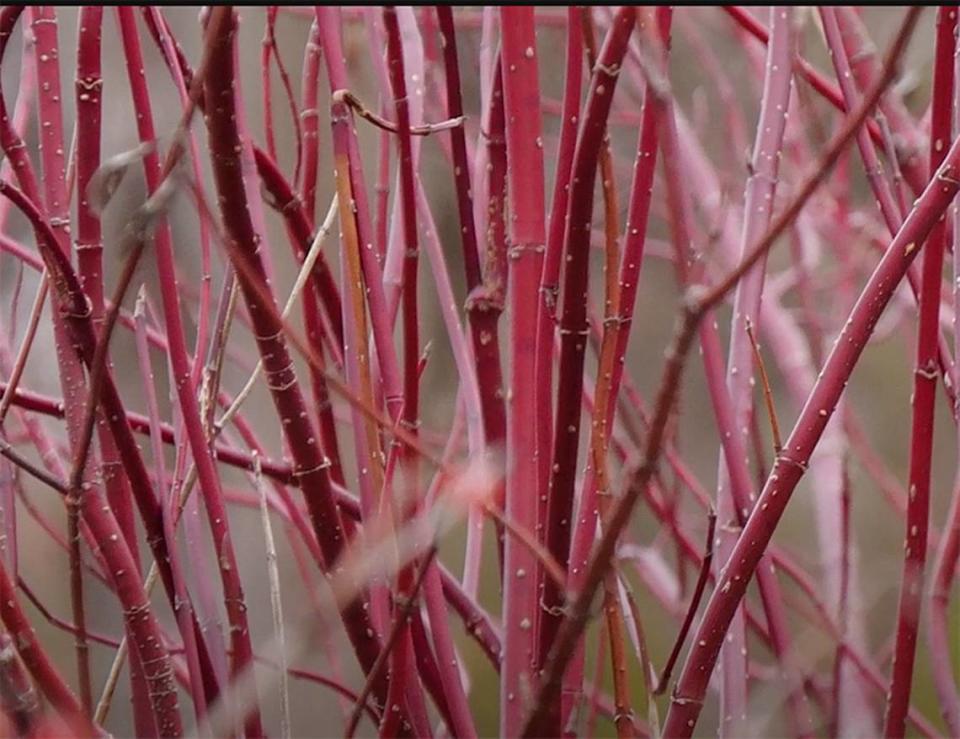Time to get busy in the garden during the ‘second spring’ planting season. Here are tips
The end of September can feel like a second spring due to all the planting and planning.
This is a good time to divide and replant perennials such as day lilies, phlox and Lady’s Mantle. Purchase trees, shrubs and perennials to add to the garden now while the weather is cooling down but the soil is still warm.
Notice the dahlias, Rose of Sharon shrubs and Japanese maples in full fall color and look to local nurseries to add these fall all-stars to hit a home run in your autumn landscape.
Continue to harvest zucchini, squash, tomatoes and cabbage from your vegetable garden until the first hard frost.
It is not too late to fertilize the lawn with a fall and winter lawn food. If your lawn is full of buttercups due to poorly draining clay soil, late September is a good time to add dolomite lime (or Super Sweet Lime) to help break up the clay and improve the drainage. Over time, adding lime will make the soil less acid and buttercups and moss need an acid soil to thrive.
Q. I would like to know the name of the shrub that has bright red stems in the winter. It may be a type of dogwood? I have seen photos of it sticking up out of snow banks and think this would be a great addition to my landscape for some much-needed winter color. Thank you. — B., Email
A. The Arctic Fire dogwood is a compact version of the traditional red–twig dogwood (Cornus stolonifera) and this shrub is tolerant of shade, deer, wet soil and poor soil. The foliage falls from the stems in the fall and the bright red stems remaining are useful for holiday décor as well as brightening the winter landscape.
There is also a version with coral-gold stems called Arctic Sun dogwood that has a dwarf habit, wonderful winter color and is just as tolerant of shade, deer and wet soil. Fall is a great time to think about firing up the landscape with winter color.

Q. When should I prune my Pee Gee hydrangeas? They are growing in full sun, have wonderful blooms and I do not want to mess up the pruning and skip of year of flowers. — H.J., Buckley
A. Just wait. Pruning always stimulates growth and if you wait until early spring, when you see the daffodils in bloom, then you will be safe to cut back the long stems by one half and remove any thin or broken branches. Pee Gee hydrangea (Hydrangea paniculata) will flower without any pruning, but for the largest blooms you can reduce the number of branches on a plant. Just remove the weakest or thinnest branches in early spring and all the energy will go towards the thick branches that will support huge blooms.
Pee Gee hydrangeas bloom best in full sun, unlike the traditional or mop head hydrangea that need shade from the afternoon sun. Fall is a good time to look for these as well as the Limelight Hydrangeas at local nurseries.
Q. I have seen a shrub called St. John’s Wort being sold at nurseries with orange pumpkin-like seed pods. Is this the same plant as the groundcover St. John’s Wort that is so invasive? The yellow flowers look the same but it seems to be more shrub-like. If you can promise that the shrub version will not spread like the groundcover version, I am willing to add this shrub to my landscape. — C.C., Email
A. Hold your hoe because the shrubby St. John’s Wort (Hypericum) called Sunburst or the variety Hidcote or even Sunny Boulevard are all shrubby and well behaved with the characteristic yellow flowers all summer.
The fast growing groundcover version that gave St. John’s Wort the devilish reputation is under 1 foot tall and spreads by underground stems swallowing up real estate and smothering other plants even in poor soil. Plant the shrubby hypericums with confidence but understand that, like all shrubs, they will grow and spread a bit.
The groundcover hypericum may be overly ambitious but it does have a place in the landscape. The spreader is called Hypericum calycinum, or Creeping St. John’s Wort, and it can be used for erosion control on a hillside. All hypericums need little water and can compete with tree roots.
Now the garden gossip about Hypericums. They all have a winter ugliness issue. Their leaves turn black and the plants look scorched until late spring or early summer. You can either cut the winter foliage back and wait for fresh new growth, or be patient and ignore the winter foliage damage. When summer arrives, the St. John’s Wort plants of all varieties will be crowned with halos of golden blooms and lush leaves.
Marianne Binetti has a degree in horticulture from Washington State University and is the author of several books. Reach her at binettigarden.com.

